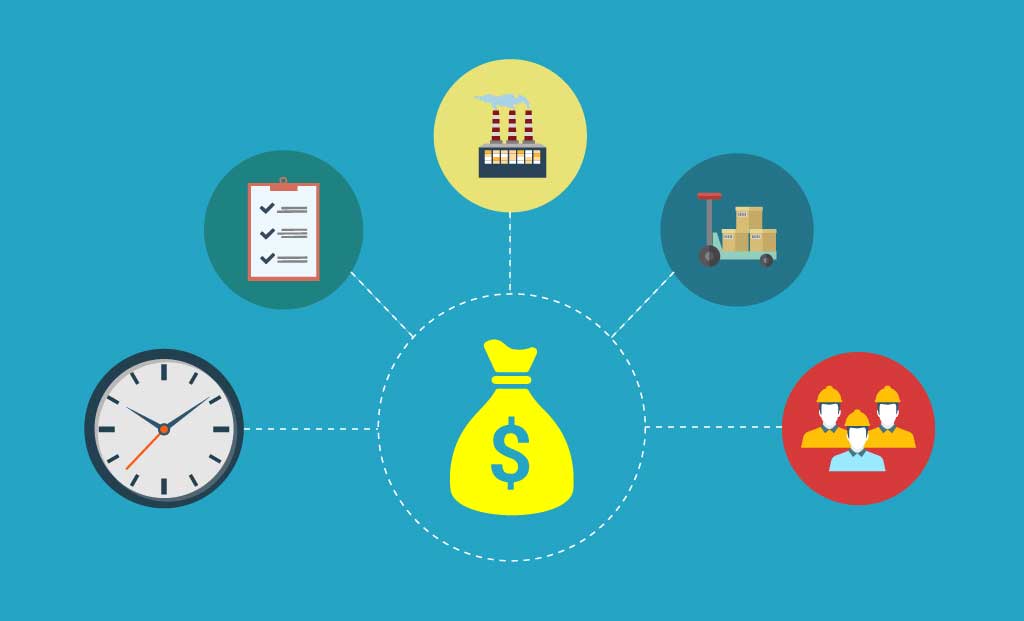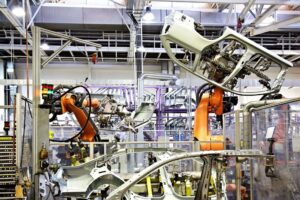Controlling manufacturing and overhead costs is the prime objective of any manufacturer. Especially when leakages are bound to happen due to manufacturers not having real-time visibility into their operations, financial transactions, sales and purchase orders, inventory levels, labor availability etc. Job costing is one of the pivotal activities in manufacturing and accurately calculating it is equally complex and challenging. In absence of an able technology such as an ERP software, manufacturers struggle to arrive at precise job costing and get a grip on accurate comparison of actual costs vs. estimated costs.
Importance of Accurate Job Costing
Imagine a situation where a shop floor personnel logged on to his work center before the weekend and carried out a specific manufacturing activity. The job got completed. However, he forgot to logout from the work center and inform his superior about it. The clock kept ticking till he was back on Monday, realized his mistake and eventually logged himself out. If his superiors have missed this error, then this extended login activity will get added to the total job cost and be charged to the customer leading to an inflated bill.
There are many such scenarios that lead to inaccurate job accounting and the price is paid by customers, suppliers and manufacturers themselves. It is very important to calculate how much money goes into running your manufacturing operations, how much money is paid to suppliers and how much the customers have paid you for respective jobs. If you know all of this precisely, then you can accurately calculate the profits and sales margins that you have earned.
Accurately Calculating Cost of each Job
There are various cost factors that go into calculating costs for each manufacturing job such as,
- Material Purchase
- Sub Assembly
- Labor
- Shipping & Freight
- Outside Services
- Scrap Quantity
- Production Setup
- Machine and Tooling
- Overhead costs
For a manufacturer to accurately calculate the cost for each job, they will have to,
- Collect real-time data of materials procured, stored, moved and dispatched for each manufacturing work order.
- Calculate and account purchase costs of material and outside services.
- Ensure labor utilization i.e. job login and logout, work center used should be entered on a day to day basis.
- Ensure that estimated costs along with sales forecasts should be available for immediate comparison with actual job costs.
- Get a complete view of overhead costs incurred during the entire course of manufacturing stage for each and every job.
Achieving this with an ERP Software for Manufacturers
Compared to the human workflow processes needed to calculate job costing, an ERP software automates the entire job costing process and eases out immense manual efforts to be put in by the manufacturer.
In an ERP software, data can be easily entered from anywhere and flows seamlessly between various departments and functional modules leading to real-time information available to personnel at all times.
For an accurate job cost, the ERP supplies data from its functional modules such as inventory management, shop floor management, sales management, purchase management, quotation and estimate, BOM & routing, supply chain that work in tandem with financial accounting (AR, AP and GL) and advanced analytics & dashboards.
Personnel can easily retrieve the latest information on material purchases & movement, direct purchase costs, direct labor, and overhead manufacturing costs to calculate the cost of each job.
On creation of a new sales and work order, the ERP tracks all costs pertaining to the new job and records it under various relevant modules. In case there are costs that are out of scope, it identifies such cases and provides accurate budget estimates.
With an ERP, manufacturers can easily analyze estimated cost vs. the actual cost at various levels such as personnel, department, work center, operation type, material type, outside service/operations, work orders etc. They can also analyze variances between standard and actual cost, and also by data range, work order number, sales order, lot number etc. In case of work in progress jobs, the general ledger is updated and inventory status are reflected in the financial reports along with the costs.
Conclusion
An ERP’s ability to automate all of your manufacturing workflows (including job costing) and provide real-time updates on costs incurred during multiple manufacturing jobs is a great boon for manufacturers. Any cost deviation occurring due to various human or data factors is immediately mitigated owing to real-time visibility.
Apart from removing the need to manually manage complex job costing calculations, a capable ERP eliminates unnecessary errors and provides factually correct data that will empower you to reasonably negotiate with your clients and leave your competitors behind.
With an ERP, you are able to efficiently manage your cash flows, have a factual view of your profit margins and actually have a better understanding of what it really costs to manufacture a product and deliver to your customers.





